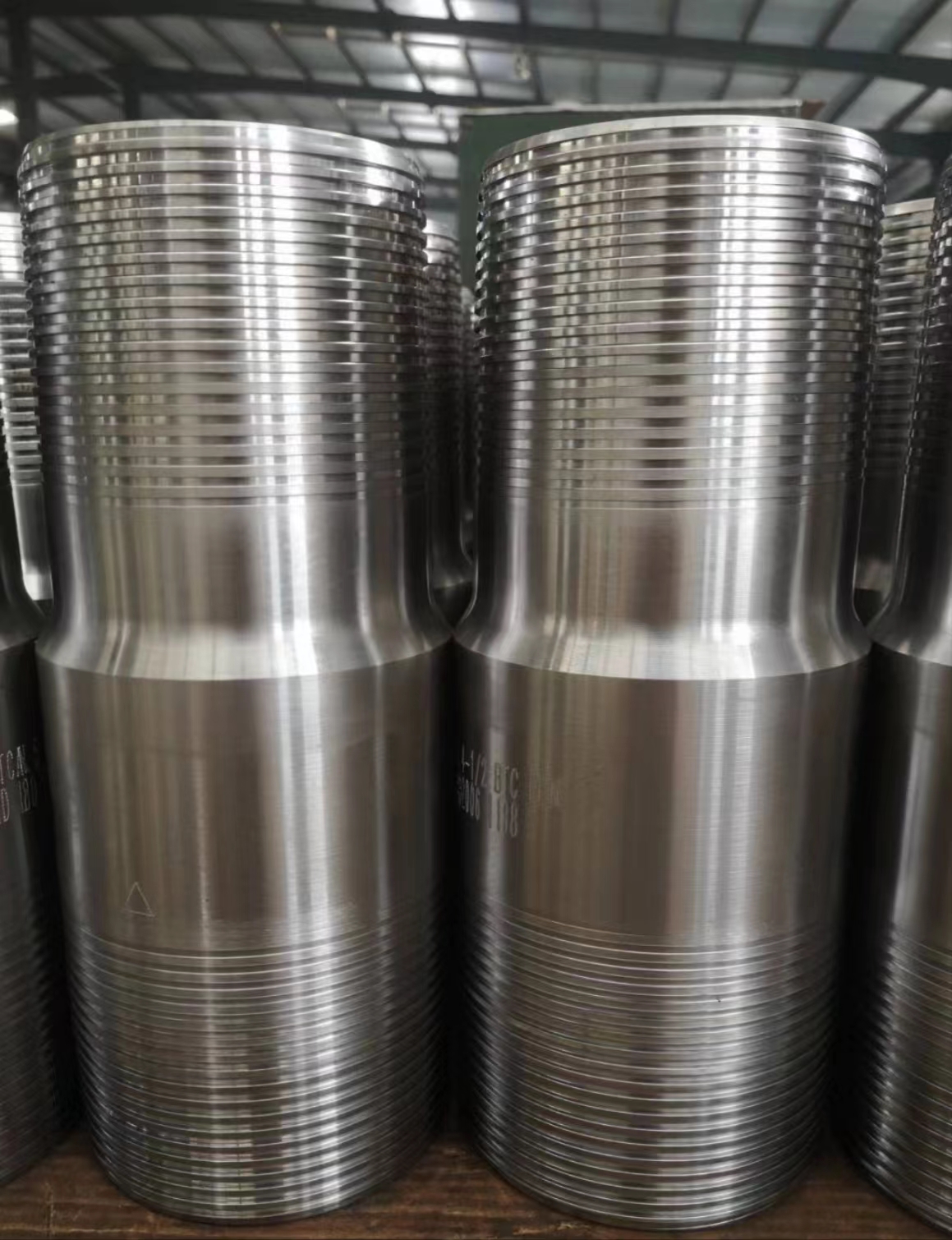- Afrikaans
- Albanian
- Amharic
- Arabic
- Armenian
- Azerbaijani
- Basque
- Belarusian
- Bengali
- Bosnian
- Bulgarian
- Catalan
- Cebuano
- Corsican
- Croatian
- Czech
- Danish
- Dutch
- English
- Esperanto
- Estonian
- Finnish
- French
- Frisian
- Galician
- Georgian
- German
- Greek
- Gujarati
- Haitian Creole
- hausa
- hawaiian
- Hebrew
- Hindi
- Miao
- Hungarian
- Icelandic
- igbo
- Indonesian
- irish
- Italian
- Japanese
- Javanese
- Kannada
- kazakh
- Khmer
- Rwandese
- Korean
- Kurdish
- Kyrgyz
- Lao
- Latin
- Latvian
- Lithuanian
- Luxembourgish
- Macedonian
- Malgashi
- Malay
- Malayalam
- Maltese
- Maori
- Marathi
- Mongolian
- Myanmar
- Nepali
- Norwegian
- Norwegian
- Occitan
- Pashto
- Persian
- Polish
- Portuguese
- Punjabi
- Romanian
- Russian
- Samoan
- Scottish Gaelic
- Serbian
- Sesotho
- Shona
- Sindhi
- Sinhala
- Slovak
- Slovenian
- Somali
- Spanish
- Sundanese
- Swahili
- Swedish
- Tagalog
- Tajik
- Tamil
- Tatar
- Telugu
- Thai
- Turkish
- Turkmen
- Ukrainian
- Urdu
- Uighur
- Uzbek
- Vietnamese
- Welsh
- Bantu
- Yiddish
- Yoruba
- Zulu
Innovative Solutions for Efficient Pipe Threading and Fitting Techniques
The Essential Guide to Pipe Threaders Tools of Precision and Efficiency
In the world of plumbing and pipefitting, few tools are as essential as the pipe threader. This device, designed specifically for the task of creating screw threads on the ends of pipes, is a cornerstone in the assembly of piping systems. Whether you are a professional plumber or a DIY enthusiast, understanding the various aspects of pipe threaders can greatly enhance the efficiency and effectiveness of your work.
What is a Pipe Threader?
A pipe threader is a mechanical device used to cut threads into pipes so that they can be screwed together, allowing for the development of tight, leak-proof connections. Pipe threaders come in various forms, including manual, electric, and hydraulic versions, each designed to handle different types and sizes of pipe materials, including metal and plastic.
Types of Pipe Threaders
1. Manual Pipe Threaders Typically used for smaller projects and lighter materials, manual pipe threaders require physical effort to operate. They consist of a handle and a set of dies that are turned by hand to cut threads into the pipe. While they may be slower and more labor-intensive, they are also highly portable and can be used in areas without electrical access.
2. Electric Pipe Threaders These machines offer increased speed and efficiency and are capable of handling larger pipe sizes. With a simple press of a button, an electric threader can create threads quickly, making it a popular choice in commercial plumbing environments. They often come with safety features to prevent accidents during operation.
3. Hydraulic Pipe Threaders For heavy-duty applications, hydraulic pipe threaders provide the power needed to cut threads into thick-walled pipes. These machines utilize hydraulic force to apply pressure, ensuring smooth and consistent thread cutting. They are often used in industrial settings where larger pipes are prevalent.
Choosing the Right Pipe Threader
When selecting a pipe threader, several factors should be considered
pipe threader

- Pipe Size and Material Different threaders are designed for different pipe sizes. Ensure that the threader you choose can accommodate the pipes you will be working with. - Frequency of Use If you are a professional who threads pipes regularly, investing in a high-quality electric or hydraulic model may be beneficial. For occasional home projects, a manual threader might suffice.
- Budget While manual threaders are generally more affordable, electric and hydraulic options can be a sizable investment. Consider your needs and budget before making a decision.
Maintenance Tips
To ensure the longevity and performance of your pipe threader, regular maintenance is crucial
- Cleaning After use, clean the dies and threaded sections to prevent rust and buildup.
- Lubrication Regularly oil the moving parts of your threader to ensure smooth operation.
- Inspections Check for wear and tear and replace worn dies as necessary to maintain the quality of the threads.
Conclusion
A pipe threader is an indispensable tool for anyone working with pipes. Understanding the different types available, how to choose the right one for your needs, and how to maintain it will not only improve your efficiency but also ensure the integrity of your piping projects. Whether you're threading pipes for plumbing systems, gas lines, or HVAC applications, investing in the right pipe threader is a step toward achieving professional results.
-
Tubing Pup Joints: Essential Components for Oil and Gas OperationsNewsJul.10,2025
-
Pup Joints: Essential Components for Reliable Drilling OperationsNewsJul.10,2025
-
Pipe Couplings: Connecting Your World EfficientlyNewsJul.10,2025
-
Mastering Oilfield Operations with Quality Tubing and CasingNewsJul.10,2025
-
High-Quality Casing Couplings for Every NeedNewsJul.10,2025
-
Boost Your Drilling Efficiency with Premium Crossover Tools & Seating NipplesNewsJul.10,2025







